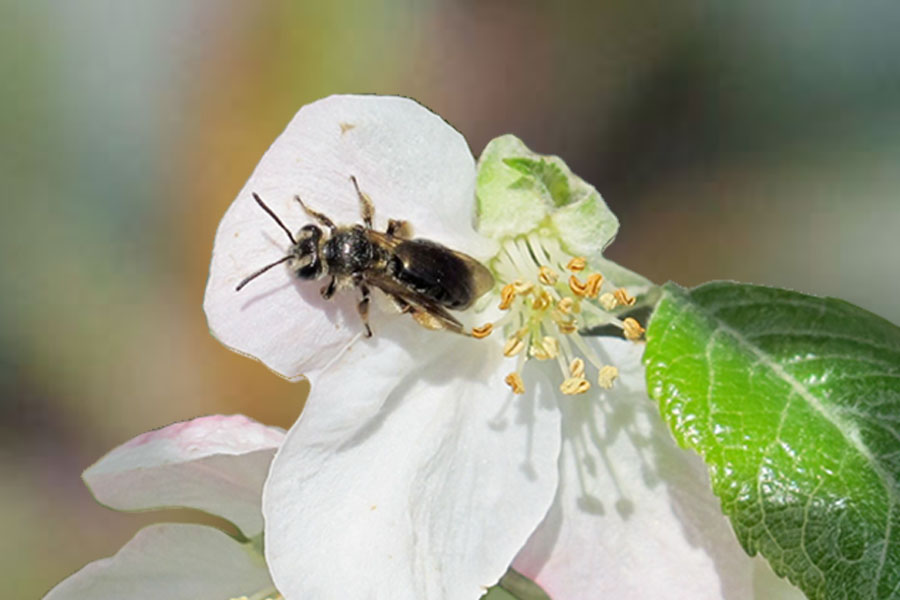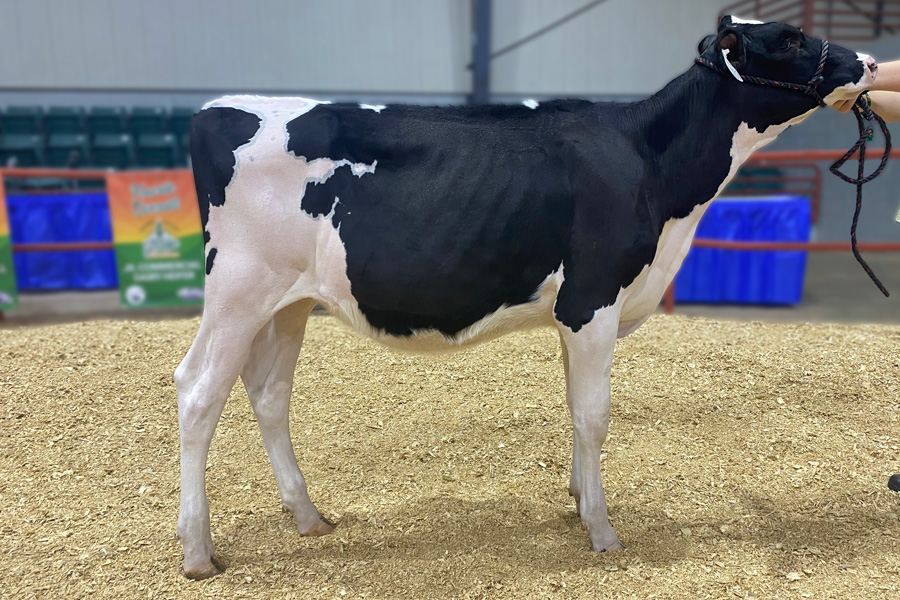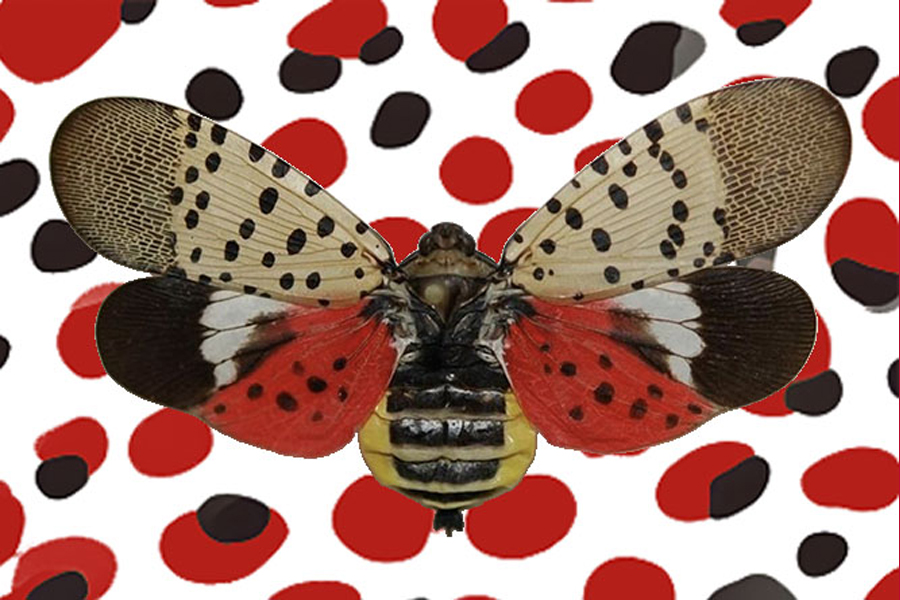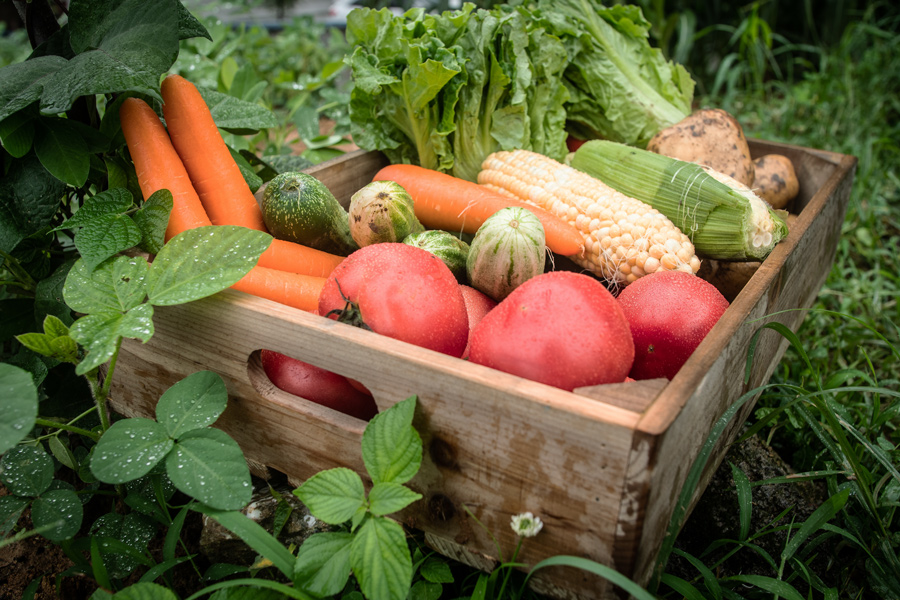-

C 1323-02
Carbohydrates and Fiber
Did you know? Carbohydrates are the body’s main source of energy, and foods can be high in fiber and high OR low in carbohydrates. Carbohydrates have the greatest influence on blood glucose (blood sugar), compared with protein or fat, and carbohydrate food sources can offer a variety of vitamins, minerals,…|
-

C 1323-01
All About A1c
The A1c blood test is a tool used to help diagnose and manage diabetes. The A1c test will measure your average blood sugar over the past 2–3 months by measuring the percent of your red blood cells that have sugar-coated hemoglobin. A higher percentage indicates a greater risk of having…|
-
 Wild bees are effective pollinators of crops and native flowers, shrubs, and trees. They are naturally present and can supplement honey bees in apple pollination. Boosting their numbers by habitat development and conservation can be of considerable commercial and ecological value to producers and consumers. This guide is intended to highlight most common…
Wild bees are effective pollinators of crops and native flowers, shrubs, and trees. They are naturally present and can supplement honey bees in apple pollination. Boosting their numbers by habitat development and conservation can be of considerable commercial and ecological value to producers and consumers. This guide is intended to highlight most common…|
-
 Selecting commercial dairy heifers and monitoring their growth can be difficult for many farmers and youth exhibitors. The way in which farmers are achieving production efficiency is highly variable from farm to farm, so this publication provides guidance on the conformation and growth parameters of commercial heifers found to be…
Selecting commercial dairy heifers and monitoring their growth can be difficult for many farmers and youth exhibitors. The way in which farmers are achieving production efficiency is highly variable from farm to farm, so this publication provides guidance on the conformation and growth parameters of commercial heifers found to be…|
-

The spotted lanternfly is an invasive planthopper that can feed on a wide range of trees in the United States. The potential economic and environmental impact of spotted lanternflies is alarming, and threatens not only the livelihoods of many but also the biodiversity and beauty of our landscapes.
|
-
 This publication lists vegetable variety recommendations for the state of Georgia. Most of these varieties have been trialed and grown successfully in the state. These are not the only varieties that can grow well in Georgia but provide new gardeners with a starting point to increase their chances of success.…
This publication lists vegetable variety recommendations for the state of Georgia. Most of these varieties have been trialed and grown successfully in the state. These are not the only varieties that can grow well in Georgia but provide new gardeners with a starting point to increase their chances of success.…|
-
 Perfluoroalkyl and polyfluoroalkyl substances (PFAS) are a group of more than 9,000 manmade chemicals that have been in use worldwide since 1940, primarily in industry and numerous commercial and consumer products. The widespread use of PFAS for the past several decades has raised concerns due to their persistence, bioaccumulative nature,…
Perfluoroalkyl and polyfluoroalkyl substances (PFAS) are a group of more than 9,000 manmade chemicals that have been in use worldwide since 1940, primarily in industry and numerous commercial and consumer products. The widespread use of PFAS for the past several decades has raised concerns due to their persistence, bioaccumulative nature,…|
-

AP 130-3-17
Georgia’s Food & Beverage Industry 2025 Outlook
1. Consumer spending on food away from home increased in 2023, both nationally and in Georgia, driving overall food spending growth and reflecting a national trend of continued consumer preference for dining away from home. 2. Georgia’s industry should continue to experience growth in full-service restaurants, limited-service restaurants, and all other…|